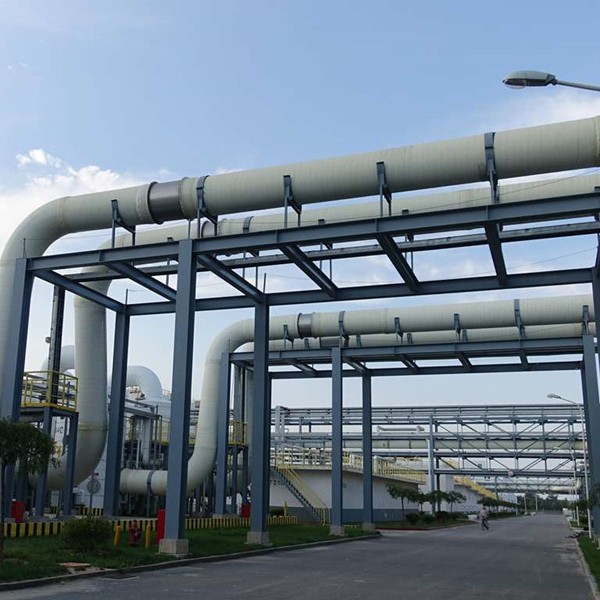
-
 Afrikaans
Afrikaans -
 Albanian
Albanian -
 Amharic
Amharic -
 Arabic
Arabic -
 Armenian
Armenian -
 Azerbaijani
Azerbaijani -
 Basque
Basque -
 Belarusian
Belarusian -
 Bengali
Bengali -
 Bosnian
Bosnian -
 Bulgarian
Bulgarian -
 Catalan
Catalan -
 Cebuano
Cebuano -
 China
China -
 China (Taiwan)
China (Taiwan) -
 Corsican
Corsican -
 Croatian
Croatian -
 Czech
Czech -
 Danish
Danish -
 Dutch
Dutch -
 English
English -
 Esperanto
Esperanto -
 Estonian
Estonian -
 Finnish
Finnish -
 French
French -
 Frisian
Frisian -
 Galician
Galician -
 Georgian
Georgian -
 German
German -
 Greek
Greek -
 Gujarati
Gujarati -
 Haitian Creole
Haitian Creole -
 hausa
hausa -
 hawaiian
hawaiian -
 Hebrew
Hebrew -
 Hindi
Hindi -
 Miao
Miao -
 Hungarian
Hungarian -
 Icelandic
Icelandic -
 igbo
igbo -
 Indonesian
Indonesian -
 irish
irish -
 Italian
Italian -
 Japanese
Japanese -
 Javanese
Javanese -
 Kannada
Kannada -
 kazakh
kazakh -
 Khmer
Khmer -
 Rwandese
Rwandese -
 Korean
Korean -
 Kurdish
Kurdish -
 Kyrgyz
Kyrgyz -
 Lao
Lao -
 Latin
Latin -
 Latvian
Latvian -
 Lithuanian
Lithuanian -
 Luxembourgish
Luxembourgish -
 Macedonian
Macedonian -
 Malgashi
Malgashi -
 Malay
Malay -
 Malayalam
Malayalam -
 Maltese
Maltese -
 Maori
Maori -
 Marathi
Marathi -
 Mongolian
Mongolian -
 Myanmar
Myanmar -
 Nepali
Nepali -
 Norwegian
Norwegian -
 Norwegian
Norwegian -
 Occitan
Occitan -
 Pashto
Pashto -
 Persian
Persian -
 Polish
Polish -
 Portuguese
Portuguese -
 Punjabi
Punjabi -
 Romanian
Romanian -
 Russian
Russian -
 Samoan
Samoan -
 Scottish Gaelic
Scottish Gaelic -
 Serbian
Serbian -
 Sesotho
Sesotho -
 Shona
Shona -
 Sindhi
Sindhi -
 Sinhala
Sinhala -
 Slovak
Slovak -
 Slovenian
Slovenian -
 Somali
Somali -
 Spanish
Spanish -
 Sundanese
Sundanese -
 Swahili
Swahili -
 Swedish
Swedish -
 Tagalog
Tagalog -
 Tajik
Tajik -
 Tamil
Tamil -
 Tatar
Tatar -
 Telugu
Telugu -
 Thai
Thai -
 Turkish
Turkish -
 Turkmen
Turkmen -
 Ukrainian
Ukrainian -
 Urdu
Urdu -
 Uighur
Uighur -
 Uzbek
Uzbek -
 Vietnamese
Vietnamese -
 Welsh
Welsh -
 Bantu
Bantu -
 Yiddish
Yiddish -
 Yoruba
Yoruba -
 Zulu
Zulu
frp tank
Understanding FRP Tanks Advantages, Applications, and Maintenance
FRP, or Fiberglass Reinforced Plastic, is a composite material widely used in various industries for creating durable and corrosion-resistant tanks. These tanks serve as essential storage solutions for various substances, ranging from chemicals to water and wastewater. In this article, we will explore the advantages of FRP tanks, their applications, and important maintenance practices.
Advantages of FRP Tanks
One of the primary benefits of FRP tanks is their exceptional resistance to corrosion. Unlike traditional metal tanks that can rust and degrade over time, FRP tanks can withstand harsh chemicals and environmental conditions. This property makes them particularly ideal for industries such as chemical manufacturing, wastewater treatment, and agriculture, where corrosive substances are frequently handled.
Another significant advantage of FRP tanks is their strength-to-weight ratio. FRP materials are not only lightweight but also incredibly strong, allowing for easier transportation and installation. This characteristic reduces the overall construction load, making them suitable for sites with weight restrictions.
Additionally, FRP tanks are highly customizable. They can be manufactured in various shapes, sizes, and colors to meet specific industry requirements. This flexibility allows businesses to optimize their storage operations, providing tailored solutions that enhance efficiency.
Applications of FRP Tanks
FRP tanks are versatile and find applications across numerous sectors. In the water and wastewater treatment industry, they are used for storing water, chemicals, and sludge. Their corrosion resistance ensures that the integrity of the stored materials is maintained, which is crucial for effective treatment processes.
frp tank

In the chemical industry, FRP tanks play a vital role in storing aggressive chemicals, acids, and solvents. Due to their durability, these tanks minimize the risk of leaks and spills, therefore enhancing workplace safety and environmental protection.
Moreover, FRP tanks are increasingly being utilized in agriculture for storing fertilizers, pesticides, and other chemicals. Their lightweight nature and resistance to corrosive substances make them ideal for agricultural settings, where they can be easily moved and installed without significant structural requirements.
Maintenance of FRP Tanks
While FRP tanks are known for their durability, regular maintenance is crucial to ensure their longevity and optimal performance. Routine inspections should be conducted to check for any signs of damage, such as cracks or delamination. Early detection of issues can prevent more severe problems from arising.
Cleaning is another essential aspect of maintenance. Depending on the substances stored, FRP tanks may need to be cleaned periodically to prevent buildup or contamination. It is vital to use cleaning agents that are compatible with fiberglass materials to avoid damaging the tank.
Furthermore, it is crucial to monitor the tank's structural integrity. Any signs of stress, such as bulging or warping, should be addressed immediately. Keeping the tank in an appropriate environment, away from extreme temperatures and direct sunlight, can also help preserve its lifespan.
Conclusion
FRP tanks are indispensable in various industries due to their corrosion resistance, strength, and customization options. Their applications span from water treatment to chemical storage and agriculture, showcasing their versatility. However, regular maintenance is vital to ensure the longevity and effectiveness of these tanks. By understanding the advantages and best practices for FRP tank care, industries can confidently rely on this innovative storage solution. As technology continues to evolve, FRP tanks will likely play an even more significant role in modern industrial applications.









